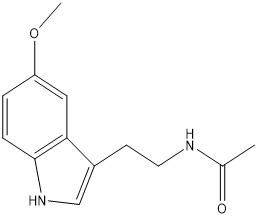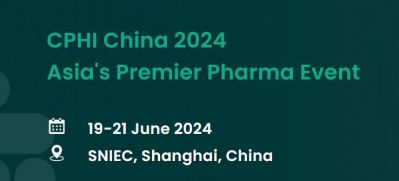

















Wuhan Ability Chemical Technology Co.,Ltd. is a subsidiary of Luotian Xinpusheng Pharmaceutical Co., Ltd. Founded in 2004, the company has always adhered to the concept of innovation-driven development and growth in market competition since its inception, focusing on the research and development, production, sales and services of functional chemicals such as dietary supplements, food additives, and cosmetic raw materials. It provides products and services in the fields of nutrition and health, food chemistry, and pharmaceuticals for customers in more than 50 countries and regions around the world, and continuously improves the quality of human life with high-quality, healthy, green, and low-carbon products, creating sustainable value for stakeholders.
The company's production center is located in Huanggang City, Hubei Province, with 2 plant areas, covering an area of about 50,000 square meters and more than 100 employees. Among them, the production and sales of melatonin, 3,3'-diindolylmethane, Indole-3-carbinol, chrysin, 6-methylcoumarin, 4-hydroxycoumarin, phenibut, and daidzein are all in the leading position in the world.
The company's sales center is located at No. 518 Qingnian Road, Wuhan City, about 1.5 kilometers away from Hankou Railway Station, with very convenient transportation.
The company strictly controls product quality. It has successively obtained NSF GMP, SGS HACCP quality system certification and KOSHER, HALAL certification. The product quality has reached the international leading level and is exported to Europe, America and Southeast Asia.
We always adhere to the principle of "quality and reputation first, service and mutual benefit first". Adhering to the purpose of "integrity, fairness, cooperation and development", we provide "flexible management" methods and serve domestic and foreign merchants wholeheartedly.
m2
+
Terms










Sales Office:
Wuhan Ability chemical technology Co., Ltd.
Add:No 518 Qingnian Rd., Jianghan, Wuhan, Hubei Province, 430024, P.R.China.
Tel:0086-27-85788889
E-mail: sales@lthxy.com
Copyright(C)2023, Luotian Xinpusheng Pharmaceutical Co., Ltd. All Rights Reserved. Supported by ChemNet
XML privacy policy
We use cookies to understand how you use our site and to improve the overall user experience. This includes personalizing content and advertising. Read our Privacy Policy